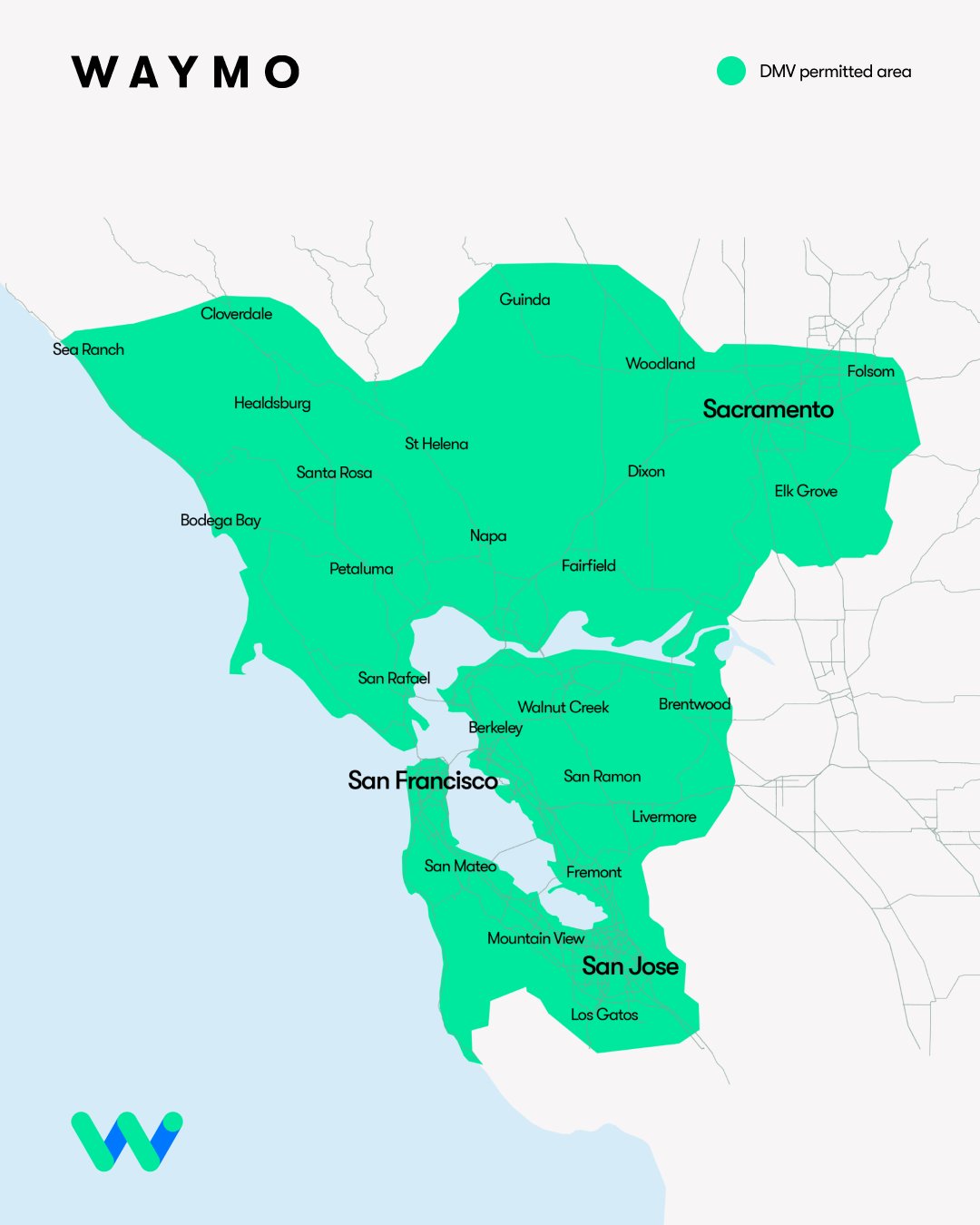Budgeting within any government organization is challenging. Many budgets are set well before the respective fiscal year and are typically approved by external stakeholders, such as legislatures, who may not be as well versed in the nuances of a changing portfolio or the need for specific reallocation. In addition, where private sector organizations focus on the ROI of a specific investment, government organizations measure the impact that a specific investment had on stakeholders, constituents, or delivering its mission.
In the private sector, seasoned investors favor CEOs who dynamically reallocate capital to the businesses and initiatives that create the most value, and better budgeting can drive excess TSR above traditional budgeting peers. Translated to a government context, this could mean an increase in the number of people served or improved capabilities within a specific mission area.
Three actions common in the private sector could potentially make the biggest difference for government organizations looking to improve their resource allocation for the short term and long term: systematically tie the strategy and outcomes to resources, embed budget agility through stage gate reallocation, and proactively engage stakeholders to showcase how resources tie to strategy.
To read the full article, download the PDF here.




